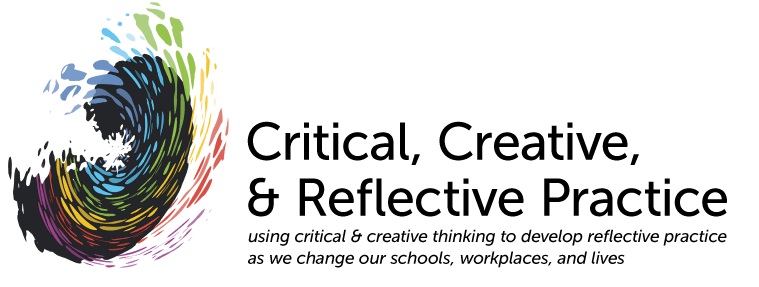Musical/Rhythmic Intelligence
The Musical/Rhythmic Intelligence (see Graphic 12e) includes such capacities as the recognition and use of rhythmic and tonal patterns, as well as sensitivity to sounds from the environment, the human voice, and musical instruments. Many of us learned the alphabet through this intelligence and the “A-B-C song.” Of all forms of intelligence identified thus far, the “consciousness altering” effect of music and rhythm on the brain is the greatest. Just think of how music can calm you when you are stressed, stimulate you when you are bored, and help you attain a steady rhythm in such things as typing and exercising. It has been used to inspire your religious beliefs, intensify national loyalties, and to express great loss or intense joy.
Capacities involved:
- Appreciation for the structure of music
- “Schemas” or “frames” in the mind for hearing music
- Sensitivity to sounds
- Recognition, creation, and reproduction of melody/rhythm
- Sensing characteristic qualities of a tone
To activate musical/rhythmic knowing:
- Listen to different kinds of music to shift your mood; for example, play relaxing, instrumental music before or during a stressful, anxiety-producing activity (such as taking a test).
- Use singing to express an idea (even in the shower!). Use a popular tune and create a simple song about your family.
- Hum to create different kinds of vibrations inside of your head; for example, try the vowels one at a time, using different volumes and pitches.
- Play tapes of various sounds from nature (such as the ocean tides, a waterfall, wind gusts and animal sounds). Ask yourself what you can learn from the rhythms and patterns of nature.
To strengthen this intelligence:
Practice listening to music and other sounds, expressing feelings through tones, beats and vibrations, creating songs/jingles to communicate thoughts, and using music, humming, and rhythm to alter moods.
Vocational pursuits:
Advertising, performance musician, music composer, music teacher, environmental sound engineering, filmmaking, musical theater, television.
Sources: Lazar (1991), Walters (2003)
(Original page by Mary Frangie)
